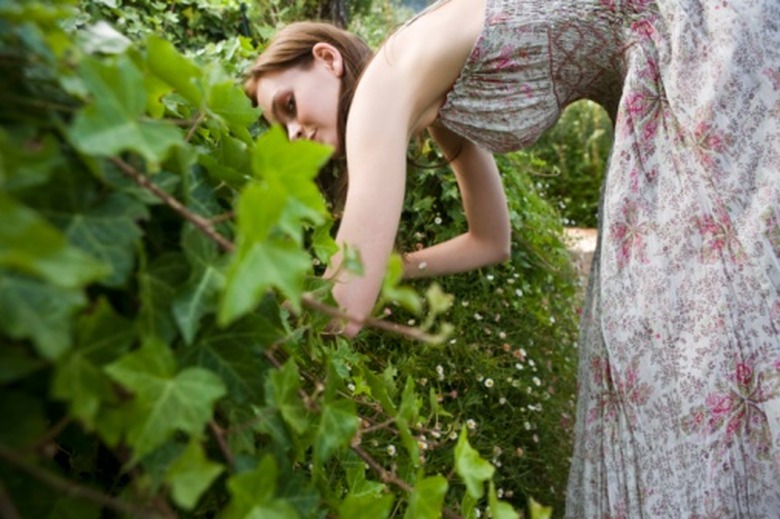How To Repair Plants In Shock
Things Needed
- Sprinkler or hose
- Cloches or floating row covers
Plants experience some degree of shock when transplanted. If proper growing conditions are met, the plant will rebound and begin to produce new growth within a few weeks. Lack of water, cold temperatures or improper planting methods can cause severe transplant shock. Plants suffering from shock have stunted growth and yellowed or brown leaves. To help plants recover from shock, keep them watered so the soil is evenly moist, but not soggy, and provide protection from the wind and extreme temperatures.
Step 1
Water the soil at least weekly during dry conditions. Inadequate watering is one of the most common reasons for shock. Water with a drip line, sprinkler system or slow flowing hose. Most plants need 1 inch of water per week to thrive. Water slightly less if the soil is heavy clay, which holds water well. Water slightly more if the soil is sandy because water leaches out quickly.
- Plants experience some degree of shock when transplanted.
- To help plants recover from shock, keep them watered so the soil is evenly moist, but not soggy, and provide protection from the wind and extreme temperatures.
Step 2
Place cloches or floating row covers over plants if temperatures dip. Tender annuals, perennials and warm-season vegetables, such as tomatoes, beans and squash, don't tolerate temperatures below 50 degrees Fahrenheit. Providing some protection from the cold will help them rebound from shock.
Step 3
Remove any dead or yellowed leaves, but do prune the plant heavily, which will add to its distress.
Tip
Do not amend heavy soils with peat moss or compost before planting trees. Doing so will cause a "bathtub" effect, in which heavy clay soil surrounding the amended soil traps moisture, causing rot. Harden off plants for a few days before placing them in the ground. Greenhouse conditions are very different from those found in the garden and plants suffer shock from exposure to wind, bright light and extreme temperatures. Place the plants in a shaded, protected location for a few days and slowly move them into the garden setting to allow them to adjust gradually. Harden off houseplants, as well before moving them outside for the summer. Don't plant tender annuals, perennials and vegetables too soon. Wait until after the last expected frost to avoid shock. Conversely, planting in the heat of the summer also can cause shock. If you must plant during hot weather, wait until evening when the temperatures are cooler and keep the soil well-watered. Select plants well-suited to your climate and growing conditions. An improperly placed plant will likely never thrive. Bare-root shrubs and trees are especially prone to transplant shock because the roots are exposed to dry air. Soak bare root plants in a bucket of water before planting them and water them well to minimize shock.
Warning
Do not fertilize the plant. Fertilizing promotes lush new growth, which will further stress the plant.
References
- Purdue University Cooperative Extension; Transplant Shock of Trees and Shrubs; Paul C. Pecknold; 2001
- University of Illinois Extension: Acclimating Plants Outdoors
- "The Garden Primer;" Barbara Damrosch; 2006
